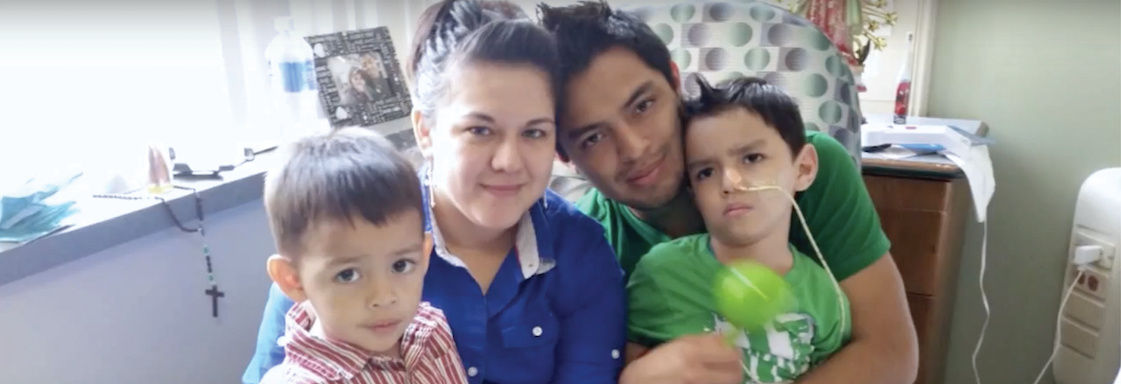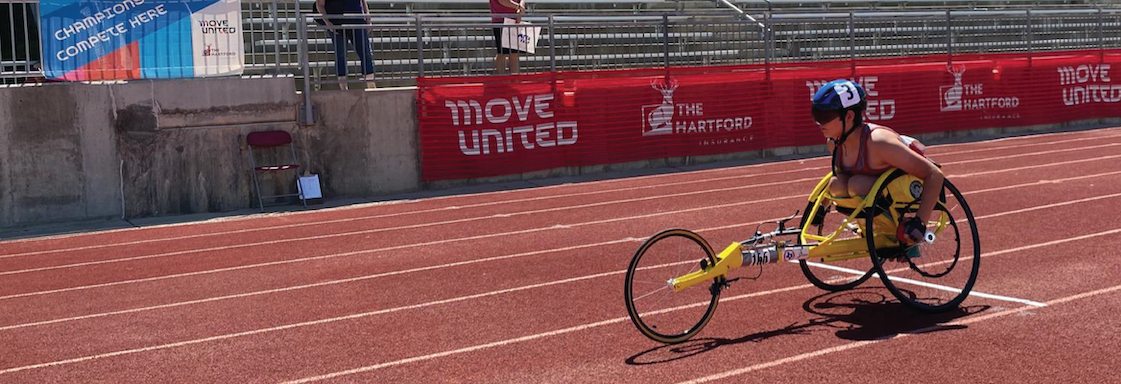In August, we honor Spinal Muscular Atrophy (SMA) awareness month. SMA is a genetic, progressive disease that attacks and destroys lower motor neurons or nerve cells that travel from the brain to the muscles. Lower motor neurons are the neurons that control breathing, crawling, walking, and swallowing, as well as head and neck strength. Once SMA attacks the lower motor neurons, the ability to control muscle movement is lost.
Five types of SMA:
- Type 0: appears as decreased fetal movement before birth; very rare and very severe
- Type 1: appears at birth or shortly after that; common and severe
- Type 2: appears between 6 and 12 months of age; common
- Type 3: develops between ages 2 and 17 years; common
- Type 4: occurs mainly in adults between 30-50 years of age; very rare
Chromosome 5, or SMN1, is the gene that creates the protein that keeps the lower motor neurons healthy. However, a mutation to this gene causes SMA to develop. A decrease in the SMN1 protein causes the lower motor neurons to lose strength and decrease muscle activation or movement, primarily affecting the trunk, arms, and legs most severely. At the Children’s Rehabilitation Institute TeletonUSA (CRIT), children with SMA receive state-of-the-art rehabilitation services. With a generous contribution, you can help make a difference in the lives of many of our kids. Please consider donating today by clicking here.








